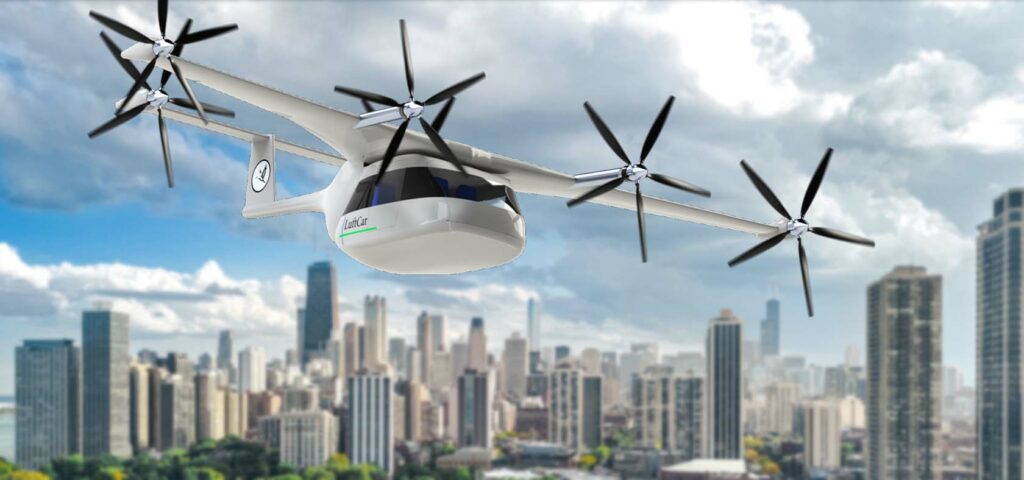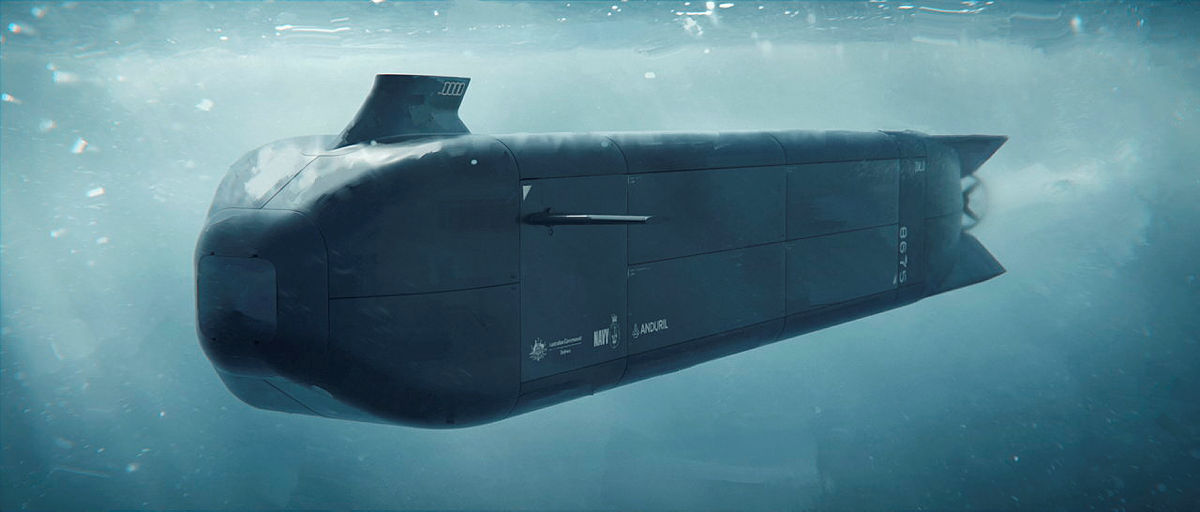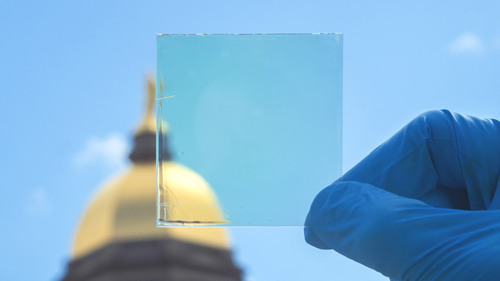LuftCar, a Florida-based company, has recently inked a Memorandum of Understanding (MoU) with eFrancisco Motor Corporation (eFMC) in the Philippines to embark on a groundbreaking venture – the development of detachable flying vans. This collaboration aims to revolutionize transportation in the island nation by melding traditional Filipino jeepneys with advanced aviation technology.
The brainchild of LuftCar, this innovative concept entails a hydrogen-powered jeepney van equipped with a detachable airframe. Upon docking into a specialized five-point station, the van transforms into a high-speed, long-range, cruise-capable eVTOL (Electric Vertical Takeoff and Landing) aircraft, boasting six tilting propellers. This hybrid vehicle, dubbed the “LuftCar super-jeepney,” promises a remarkable flight range of 300 miles and speeds of up to 220 mph, surpassing current eVTOL market leaders.
The strategic partnership with eFrancisco Motor Corporation signifies a significant step towards realizing this ambitious project. eFMC, known for its adaptation of traditional Filipino jeepneys into modern vans fueled by hydrogen cells, will collaborate with LuftCar to integrate the airframe technology into its vehicle chassis. This collaboration holds immense potential for various sectors, including cargo transportation, air ambulance services, tourism, and regional travel.
Santh Sathya, CEO of LuftCar, expressed enthusiasm for the partnership, highlighting the tailored design’s potential to connect the Philippines’ numerous islands efficiently. “Our flying and road vehicle concept is tailor-made for connecting the archipelagos and serving various verticals,” stated Sathya. He emphasized the role of hydrogen propulsion in fulfilling long-distance and heavy payload transportation needs, including defense applications such as ship-to-base and base-to-outpost missions.

However, amidst the excitement surrounding this revolutionary endeavor, concerns have been raised regarding the vehicle’s design aesthetic. Critics argue that the current appearance lacks cultural resonance, resembling a generic flying vehicle rather than a Filipino icon like the traditional jeepney. Nevertheless, the practical implications of this innovation outweigh cosmetic considerations.
Despite the bold vision, LuftCar acknowledges the need for substantial investment and regulatory approvals to bring the concept to fruition. The company has secured an initial investment of US$1.5 million, laying the foundation for further development and certification processes. Navigating the complexities of automotive and aviation certification poses a formidable challenge, but LuftCar remains undeterred in its pursuit of transforming transportation paradigms.
In a world hungry for innovation, the partnership between LuftCar and eFrancisco Motor Corporation represents a significant stride towards sustainable and efficient transportation solutions. As the project progresses, stakeholders eagerly anticipate witnessing the fusion of traditional Filipino culture with cutting-edge technology, ushering in a new era of mobility in the Philippines.
Watch the video below for a glimpse into the future of transportation:
The collaboration between LuftCar and eFrancisco Motor Corporation heralds a new chapter in the evolution of transportation, promising to reshape not only how people move but also how they perceive the intersection of tradition and innovation.
Article Source: LuftCar









